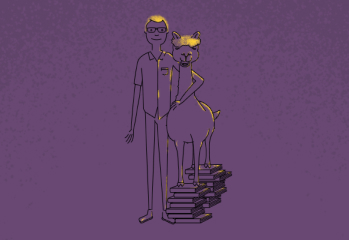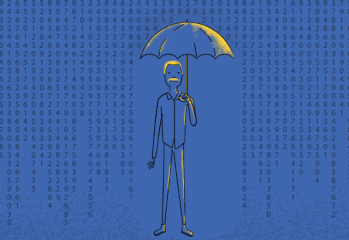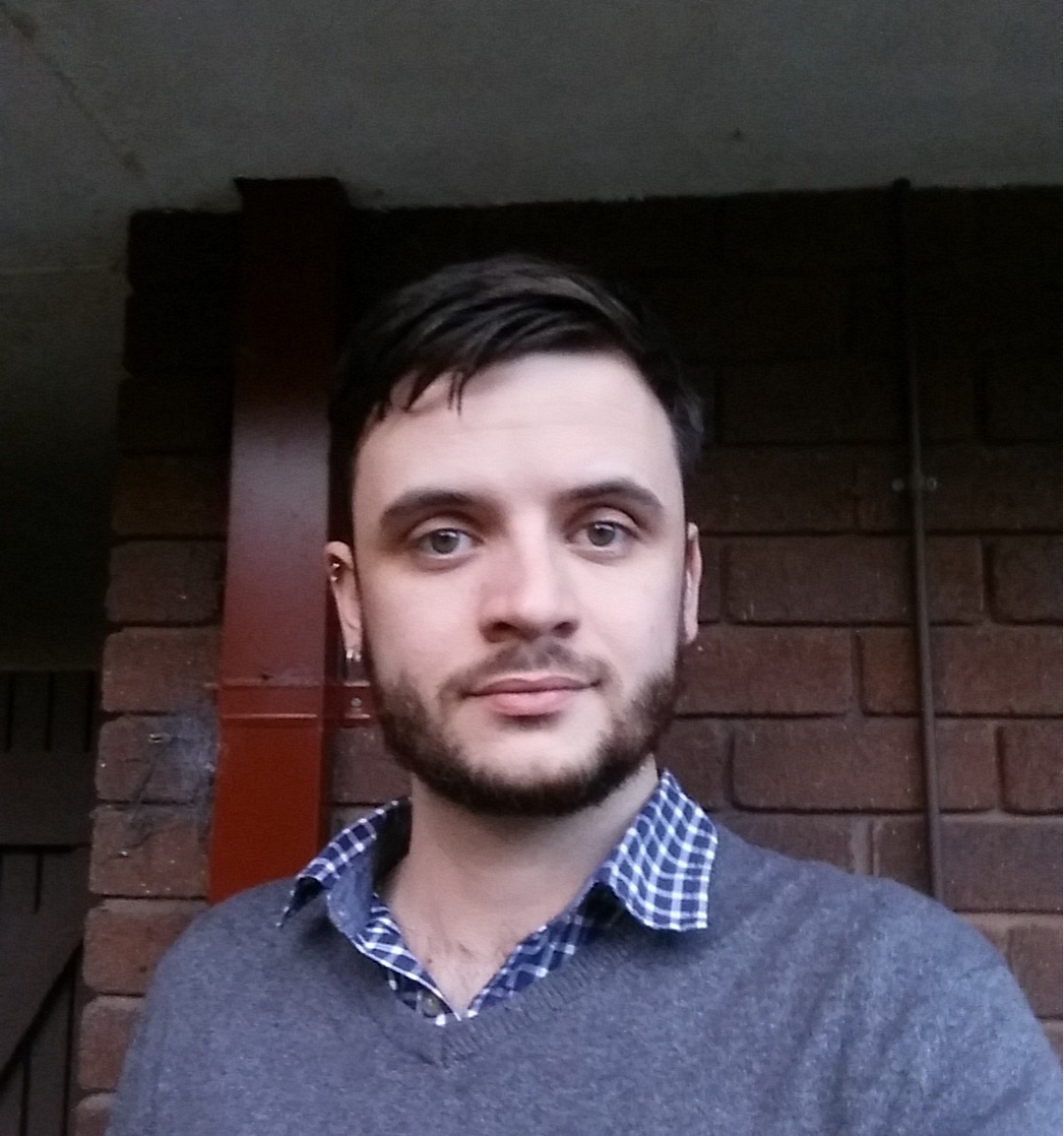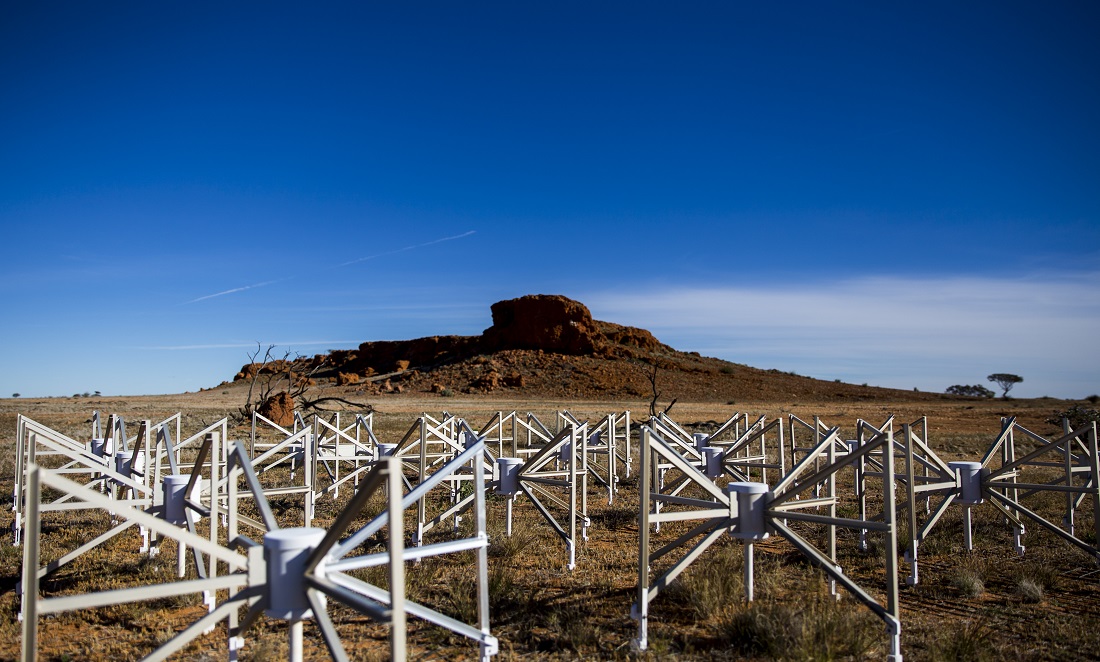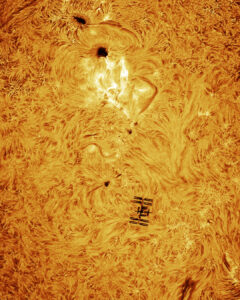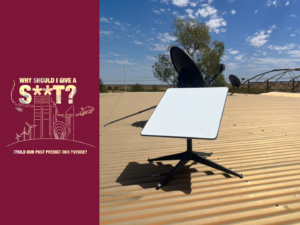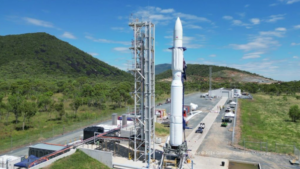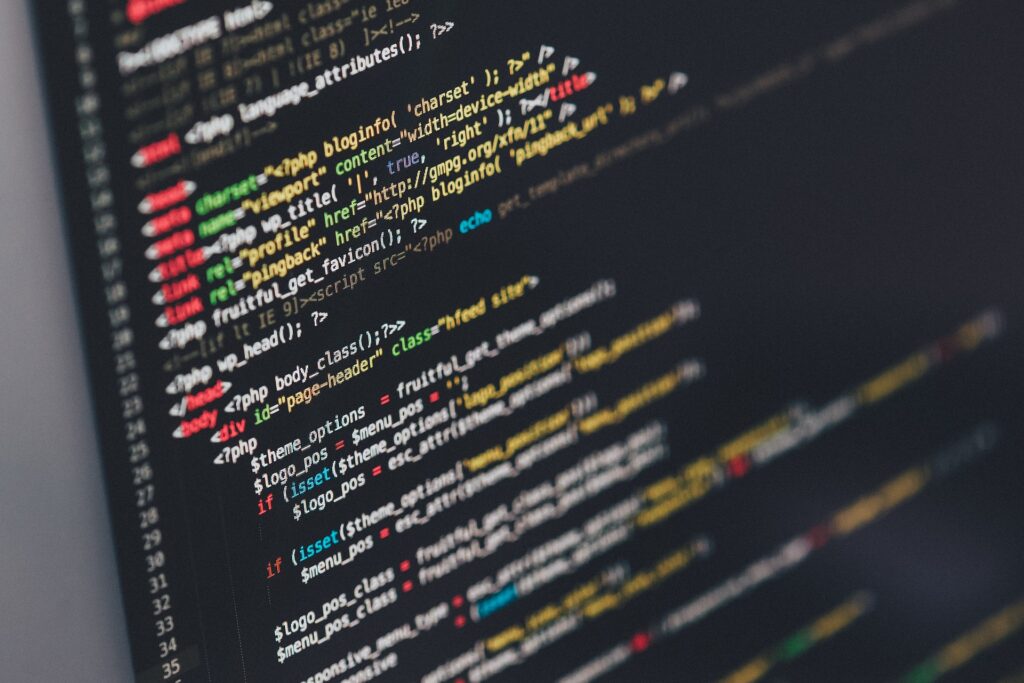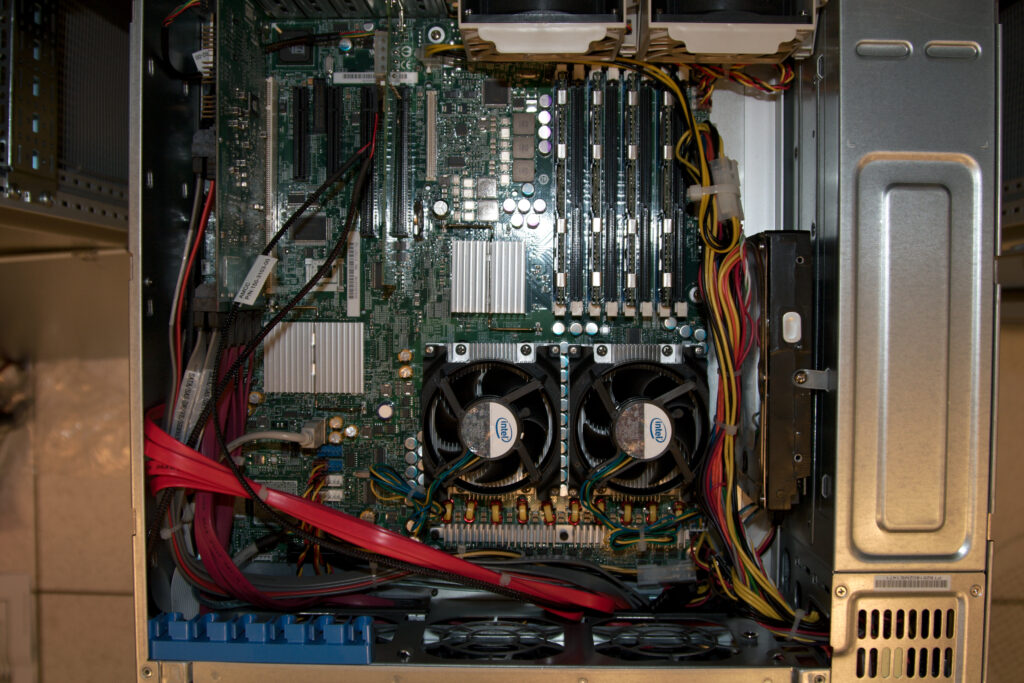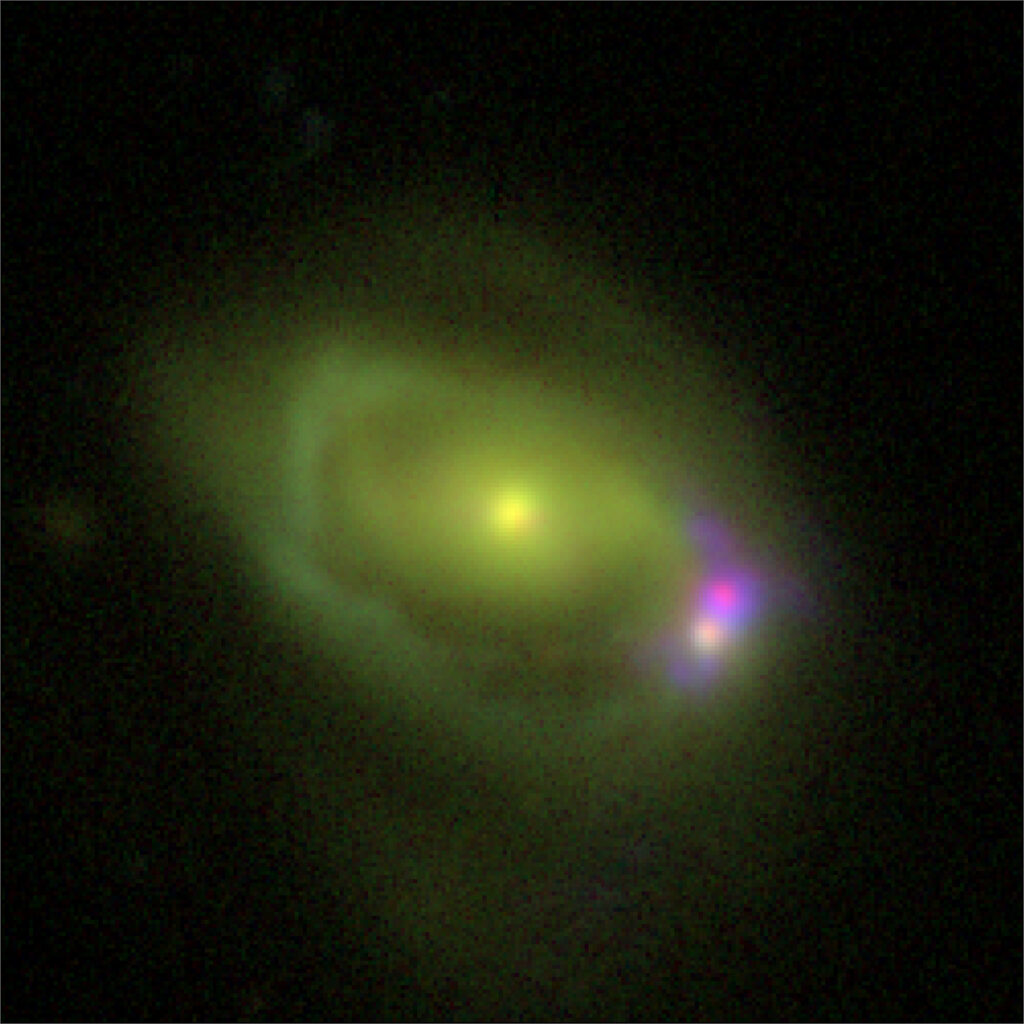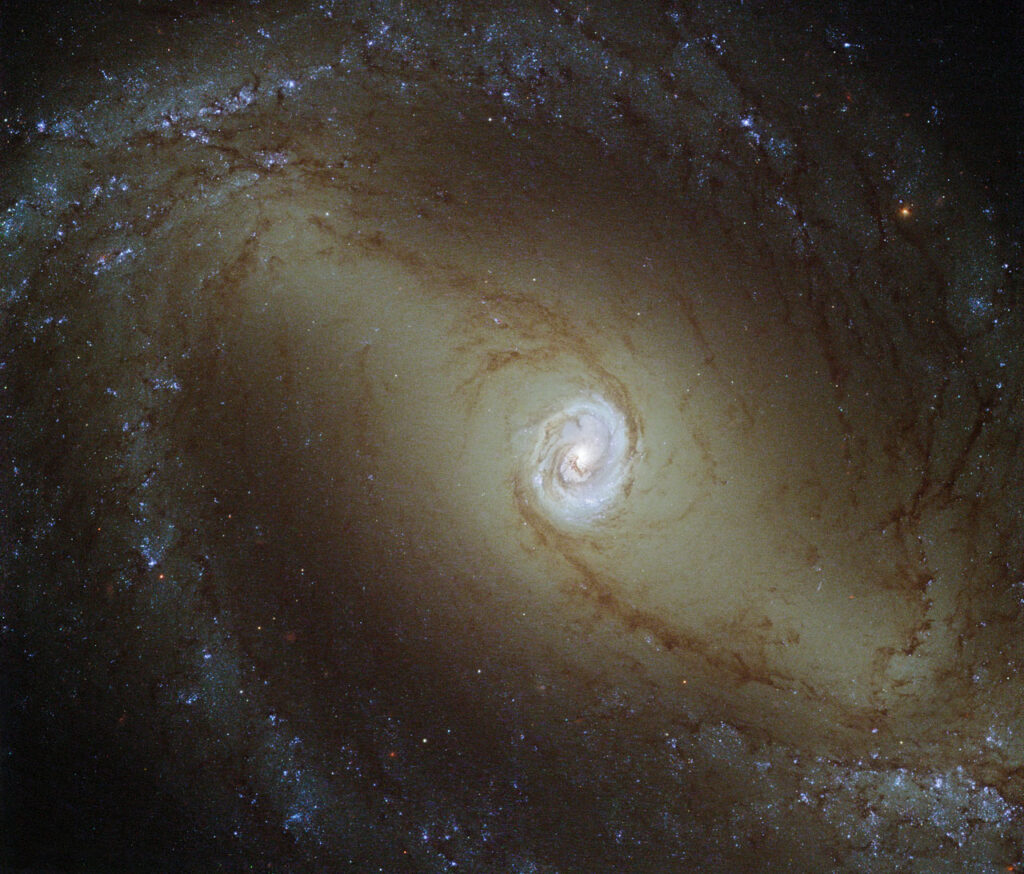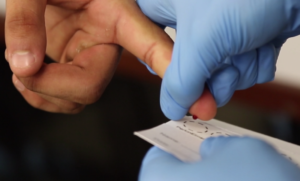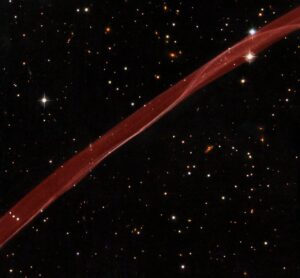Astronomy is one of the oldest sciences and the first science to incorporate maths and geometry. It sits at the centre of humankind’s search for its place in the universe.
As we delve deeper into the space surrounding our planet, the tools we use become more complex. Astronomers have come a long way from tracking the night sky with the naked eye or cataloguing the stars with a pen and paper.
Modern astronomers use advanced computer programming techniques in their work—from programming satellites to teaching computers to analyse data like a researcher.
So what do astronomers do with their computers?
MO’ DATA, MO’ PROBLEMS
Big data is a big problem in astronomy. The next generation of radio and optical telescopes will be able to map huge chunks of the night sky. The Square Kilometre Array (SKA) will push data processing to its limits.
Built in two phases, the SKA will have over 2000 radio dishes and 2 million low-frequency antennas once finished. These antennas combined will produce over an exabyte of data each day—more than the world’s internet usage per day. The data is then processed to be made manageable, meaning the size of the data that astronomers have to deal with will be smaller.
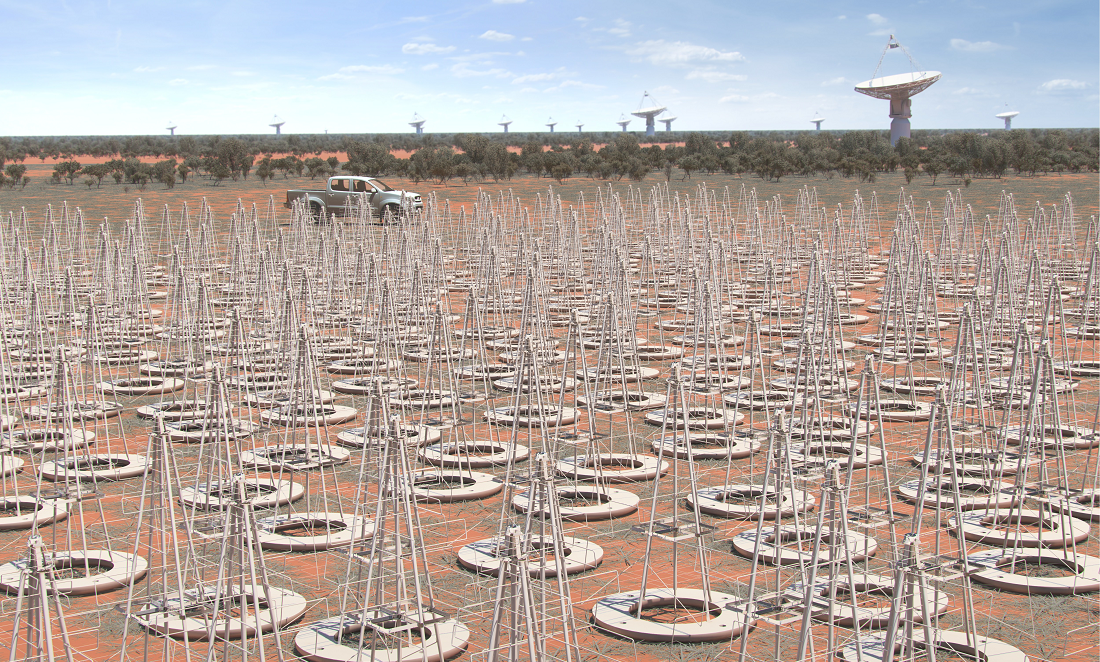
Project scientist for the Australian SKA Pathfinder Dr Aidan Hotan explains.
“Data from a radio telescope array is very much like the flow of water through an ecosystem. The individual antennas each produce data, which is then transmitted over some distance and combined with other antennas in various stages—like smaller tributaries combining into a larger river,” says Aidan.
“The largest data rate you can consider is the total raw output from each individual antenna, but in reality, we reduce that total rate to more manageable numbers as we flow through the system. We can combine the signals in ways that retain only the information we want or can make use of.”
While the SKA will be the biggest project of its kind, many modern telescopes are capable of collecting data faster than humans are able to use it.
HOW TO FIND AN EXPLOSION
The SKA will be a game-changing tool for astronomers once complete. Already, astronomers are preparing their work for phase one of the SKA. To do this, they’re working on ways to make their jobs quicker and easier by automating the recording and processing of data.
So what sort of work can astronomers automate?
Dr Gemma Anderson is a research associate at the International Centre for Radio Astronomy Research in Perth. There, she has programmed Australian radio telescopes to automatically monitor explosions in space.
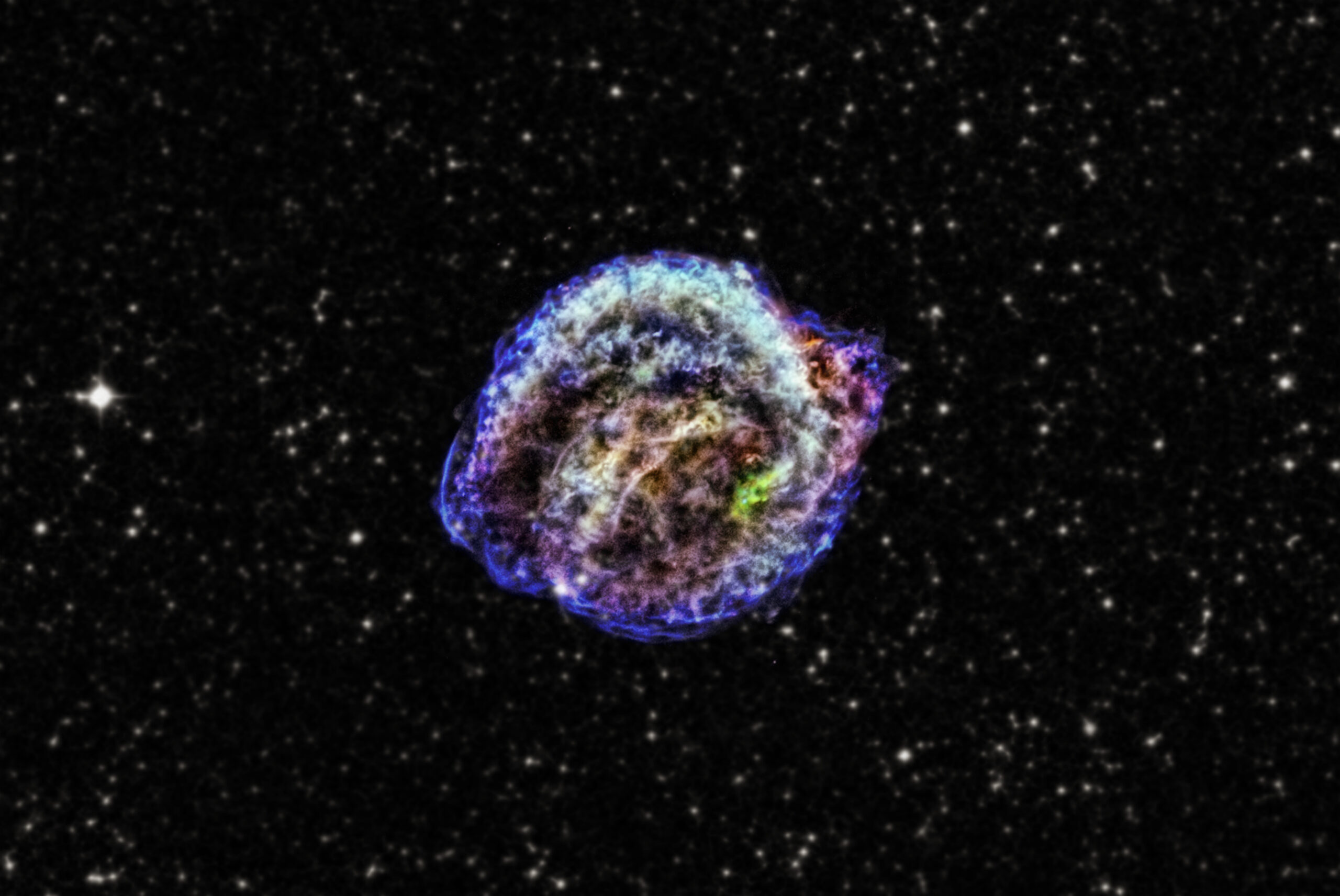
“We have a telescope in space designed to look for explosions. The space telescope sends information back to Earth, and I have two of the big radio telescopes in Australia set up to receive that signal. When they get the signal, these telescopes stop what they’re doing and try to observe the explosion as quickly as possible,” Gemma says.
Gemma uses the Swift observatory, currently orbiting Earth, to find gamma ray bursts in space. The bursts are the short-lived, incredibly energetic byproduct of dying stars.
Gemma and her team have programmed Australia’s Murchison Widefield Array and Australia Telescope Compact Array to receive alerts from Swift and point to the source of the gamma ray burst.
In the past, telescope data like this was small enough for astronomers to work through themselves. Now, Gemma uses software that automates much of this process.
Data processing is such a big task that it needs to be done on supercomputers. Supercomputers are powerful computers that can often process vast amounts of data in hours instead of the months or years it would take on a standard laptop. The end product is an image that Gemma can use for research without needing to process the data herself.
“For those people interested in being an astronomer, it’s very important to get experience in computer programming. We need to become more proficient in processing and analysing large amounts of data,” Gemma says.
SCHOOLING A ROBOT
Dr Rebecca Lange of the Curtin Institute for Computation and Astronomy Data and Computing Services is helping astronomers boost their computer programming techniques by providing them with training.
“I think astronomers will have to start working more with software engineers. In the intermediate time span, though, astronomers will become better at computing. Things like programming have to become part of the training. Not only for astronomers, it’s important for anyone doing science now,” Rebecca says.
Among the techniques that Rebecca trains astronomers in is machine learning. Don’t worry, it’s not the kind of learning that leads to a robot uprising.
Teaching a computer program to analyse data by recognising patterns has become a vital part of dealing with information overload in astronomy.
“The use of machine learning typically involves an automated search through an enormous image file, looking for what we call sources—the objects in space that emit natural radio signals. These sources appear as bright spots against a dark background,” says Aidan.
“Since most of space is empty, using a clever source-finder makes it a lot easier for scientists to work out where the interesting bits are. However, this source-finder needs to be smart enough to classify a huge number of different kinds of objects, including things that human eyes have never before seen.”
One source might be a galaxy that is spiral shaped, while another might be elliptical. The machine-learning program learns to sort similar images into those labels through a series of steps. These steps are a basic emulation of how human brains recognise patterns. Getting computers to do this gives astronomers useful information out of raw data.
“Machine learning is getting picked up because we now have the amount of data needed. When you’re doing supervised learning, you need a lot of data to train on. If you look at galaxy classification, we have done so many already that we have a great training sample for machine learning,” Rebecca says.
She thinks automation and machine learning will give astronomers more time to focus on their science rather than analysing their data. She also says designing these programs will be the job given to next-generation astronomers in their early career.
“Astronomers are still getting used to machine learning. They’re still experimenting: what algorithm works best, what kind of machine learning techniques are most useful to apply,” she says.
“Right now, it’s a great entry point for PhD students to develop code. The industry needs it, and it saves them having to sort the data themselves.”
The next generation of astronomers will be capable of cataloguing huge swathes of space.
They will reach deeper into the universe and find old galaxies from the beginning of time. They will map hidden worlds, distant suns and the strangest, most destructive forces in existence. Perhaps they will even find new life.
These computer programs will work like a funnel. They will sort through massive amounts of raw data to find astronomers valuable information. A long way from our analogue past, computers are helping us uncover the secrets of our universe—perhaps even, one day, understanding of our place within it.
